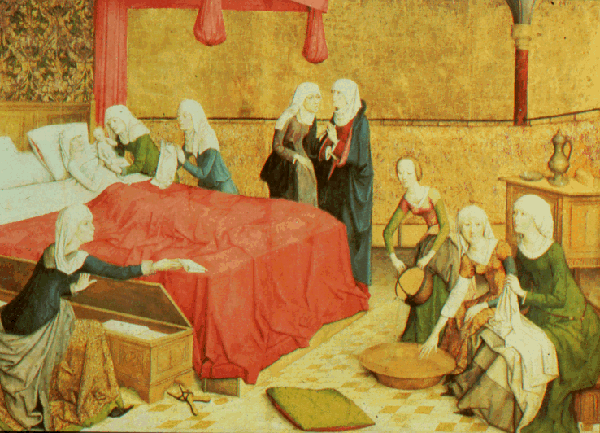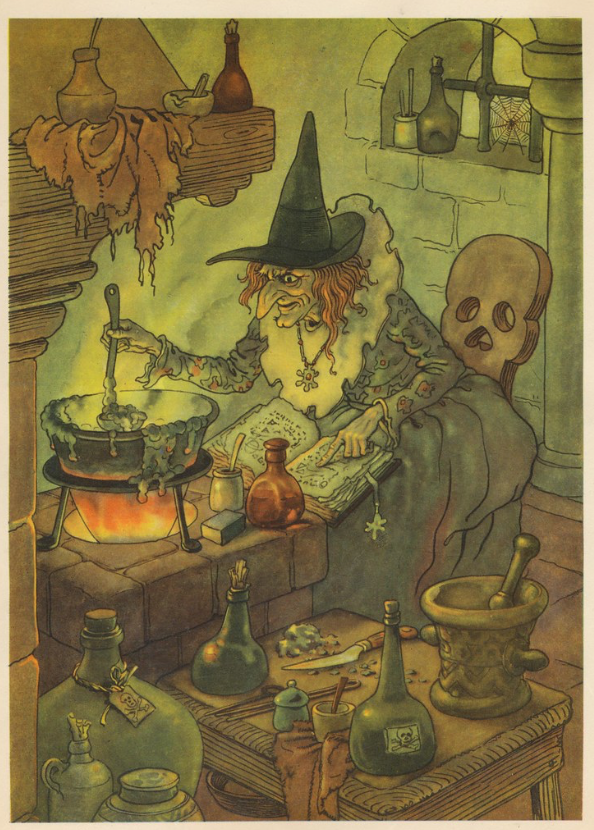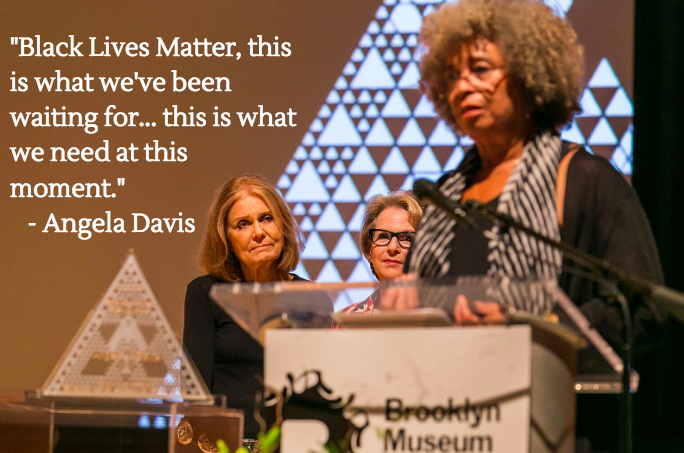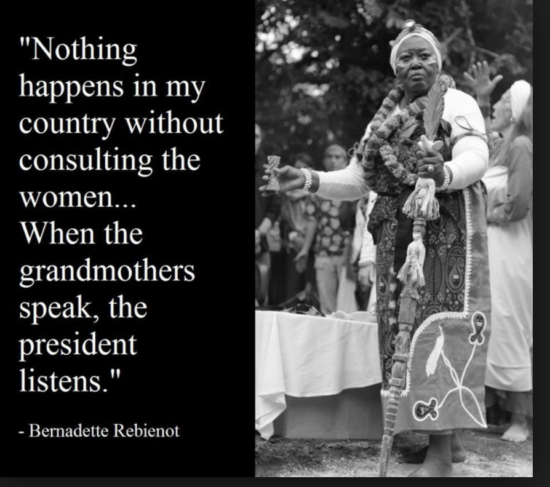With Halloween right around the corner, it’s an appropriate time to reflect on the origin of witches, and to understand how the village wise woman was turned into a representation of evil, becoming a “witch.”
We have to travel back to the 1500’s in Western Europe, when women healers and midwives played a central role in village after village, threatening the influence of parish priests and newly turned-out male doctors. The wise women’s centrality as healers and counselors had to be squashed in order for priests and male doctors to reign.

Baby being delivered by midwives before the Church declared them witches
Towards this end, the Catholic Church instituted a campaign attacking women healers as witches, or evil figures, who were undermining the social order. Witches became scapegoats for everything that went wrong, like poor crops, wars, and plagues.
Innocent women were removed from their homes in the middle of the night and imprisoned where they were hideously tortured with the thumbscrew, the dunking stool, and the Iron Maiden–an air tight metal container, resembling a coffin likened to being “buried alive.”

Torture & execution of witches in the Middle Ages (Wikimedia Commons)
Evidence bears out that when torture becomes unbearable, the victim will confess, which is why it was fairly easy to obtain confessions of witchcraft from the victims. Many women died during their torture, especially when receiving the “third degree”—a term we use today that originated during the witch craze, referring to a severe form of torture employed after first and second degree tortures failed to obtain a confession. Other victims were made a public spectacle as they were carted into the town square, stripped naked and burned at the stake. Some were cast into the river out of the belief that the innocent would survive, and the guilty would drown.
Medieval historians chillingly refer to the 300 years in Western Europe and Scandinavia, when women were persecuted as witches, as “The Women’s Holocaust.” It is estimated that 9 million died, including children. In one case an entire village lost all its women.

Women burned at the stake who were accused of being witches.
Today the witch endures, buried in our collective unconscious. Children’s fairy tales have plots that center around the evil old witch. Older women with lined faces are called “witch” or “hag,” mocked simply because they no longer look young. Male co-workers label an accomplished woman, whom they find threatening, a “witch.” Then as now, the term “witch” is used to discredit women and to inhibit them from speaking out.
The witch’s enduring influence is trotted out at Halloween to scare small children with her ugly persona and evil spells. The former image of the wise woman as healer has been transformed into negative energy. The cauldron, once symbolizing the life force, is portrayed as a container for making evil potions. The conical hat, formerly representing wisdom, is equated with evil powers.

All is not lost. Older women are fighting back, taking on sexism and ageism, and displaying more confidence in their accrued wisdom. We look up to wise older women, like Angela Davis, Gloria Steinem, and Native American elders. More and more we notice wise women among us, in our churches and synagogues and at political protests, actively working for peace and justice causes.

Gloria Steinem and Angela Davis at a recent Black Lives Matter Protest
Society needs the wise woman’s collective voice to guide us out of the darkness of endless wars, racial injustice, climate change and indifference to the less fortunate. We desperately need compassionate social policies.

We can’t all be wise women leaders, but we can employ our collective wisdom to work for change. No matter who gets elected, Biden or Trump, the same problems will exist: a war-based economy that leaves little on the table for social programs addressing income inequality; reluctance to aggressively tackle our very real climate emergency.
Wise women, like us, can help turn the tide. We may be the ones we’ve been looking for.
References:
The Witchcraze: A New History of the European Witch Hunts, Anne Barstow





